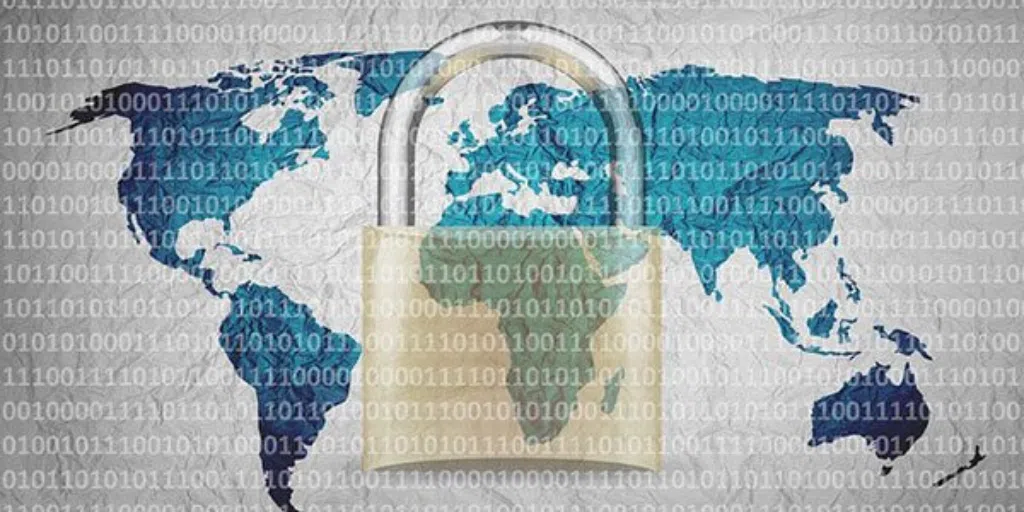
The Internet provides ‘a boundless supply of victims’
Cops have a pretty good set of rules and responses. They look for the good and bad actors. They question everything and have a response for most eventualities. “Move along buddy” solves a lot of problems, for example.
It turns out that Det. Const. Kenrick Bagnall, who handles computer cybercrime in Intelligence Services at Toronto Police Service, is no exception. His essay in the book Cybersecurity in Canada: A Guide to Best Practices, Planning, and Management is a little longer than his title and more explanatory. He starts with a great definition and turn of a phrase. About the Internet, he writes: “Many regulate it, no one owns it, and most of the planet’s population is connected to it.”
He also cites a legal definition from a Court of Appeal for Ontario case in 2012. “The Internet, as a global system of computer networks, has become an increasingly important tool for the exchange of information. Internet use for a variety of reasons is ubiquitous in today’s society. In many ways, the Internet has become the new library, shopping mall, theatre, meeting hall and enumerable other venues all rolled into a single global venue available at the user’s fingertips wherever he or she might be.”
It has often been said in the age of terrorism, that the terrorists only have to succeed once, but intelligence services must succeed every time. The detective constable/author then channels a version of this by writing that “[c]riminals have access to a boundless supply of victims, while at the same time, they are able to maintain a relatively high degree of anonymity.”
